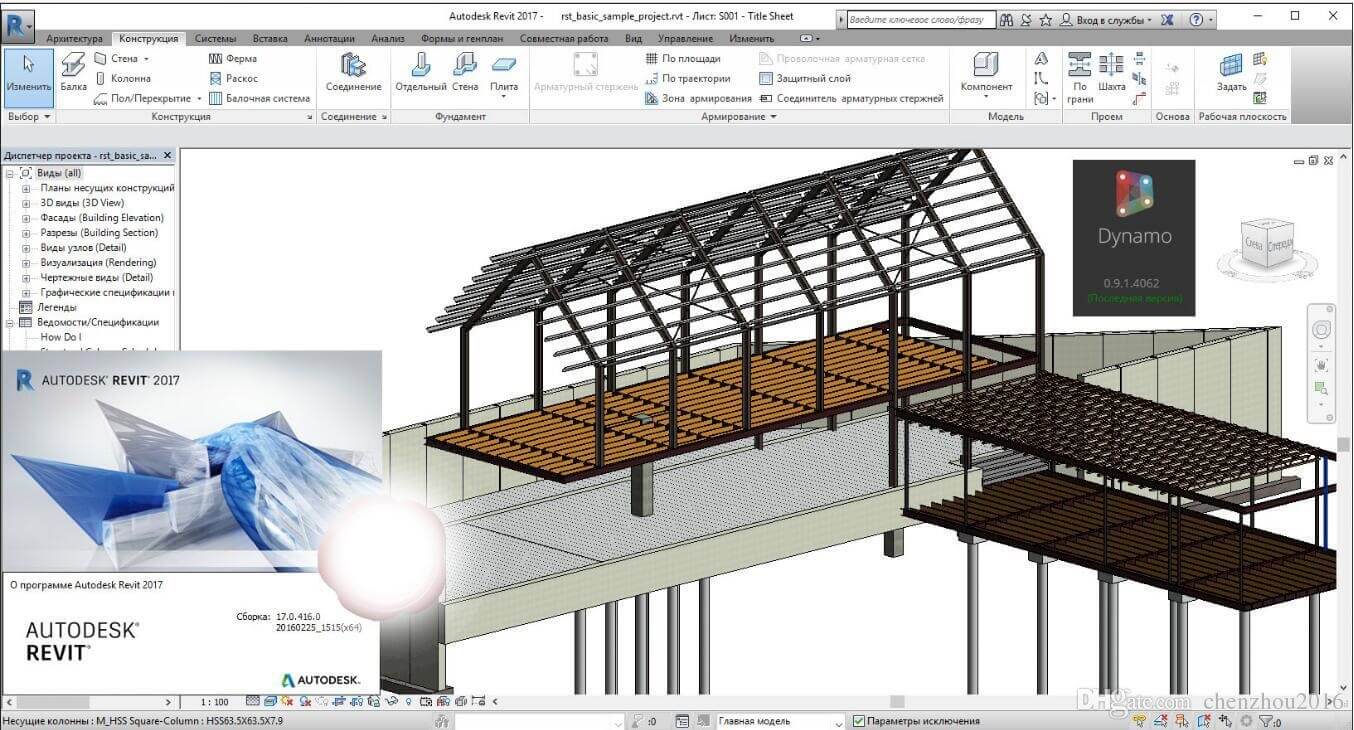

Revit imports, exports, and links your data with commonly used formats, including IFC4. SchedulesĬreate a tabular display of model information extracted from the properties of the elements in a project. Let Revit handle routine and repetitive tasks with automation so you can focus on higher-value work.Ĭontributors from multiple disciplines can share and save their work to the same centrally shared file.Automatically update floor plans, elevations, and sections as your model develops.

Begin modeling in 3D with accuracy and precision.Use Revit® to drive efficiency and accuracy across the project lifecycle, from conceptual design, visualization, and analysis to fabrication and construction. With Revit, you can create coordinated, consistent, and complete model-based designs. Kindly check this detailed article on the Difference Between AutoCAD and Revit. Going with AutoCAD first tends to teach you a different way of drawing the building. Revit is a complete tool for building drafting and should be capable enough to accommodate anything you’d likely have to draw. You do not need to know how to use AutoCAD first. Autocad is more flexible as compared to Revit as it supports surface, mesh, and solid commands of Autocad, whereas, for Revit, it is stricter as the things require to be constructed correctly because, for this, we are building not only a 3D model but also a model that will enable coordination of the job and lot more.


 0 kommentar(er)
0 kommentar(er)
